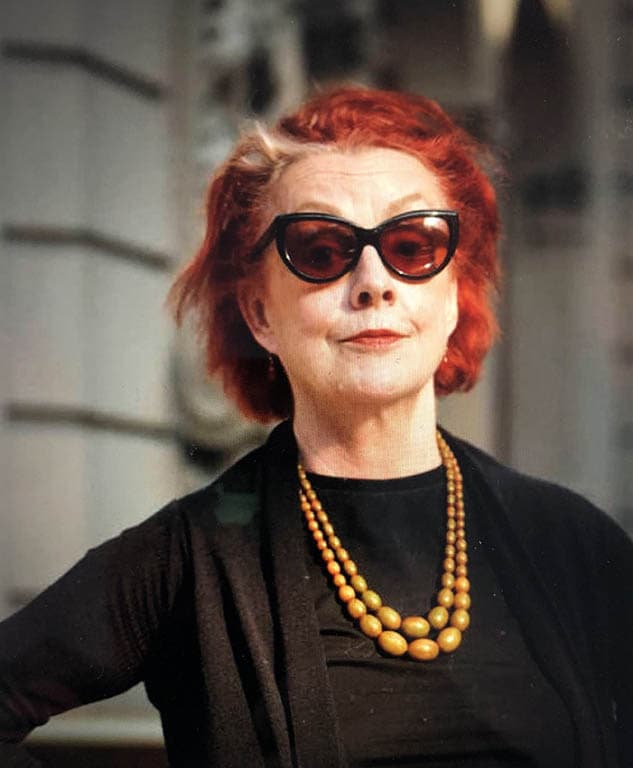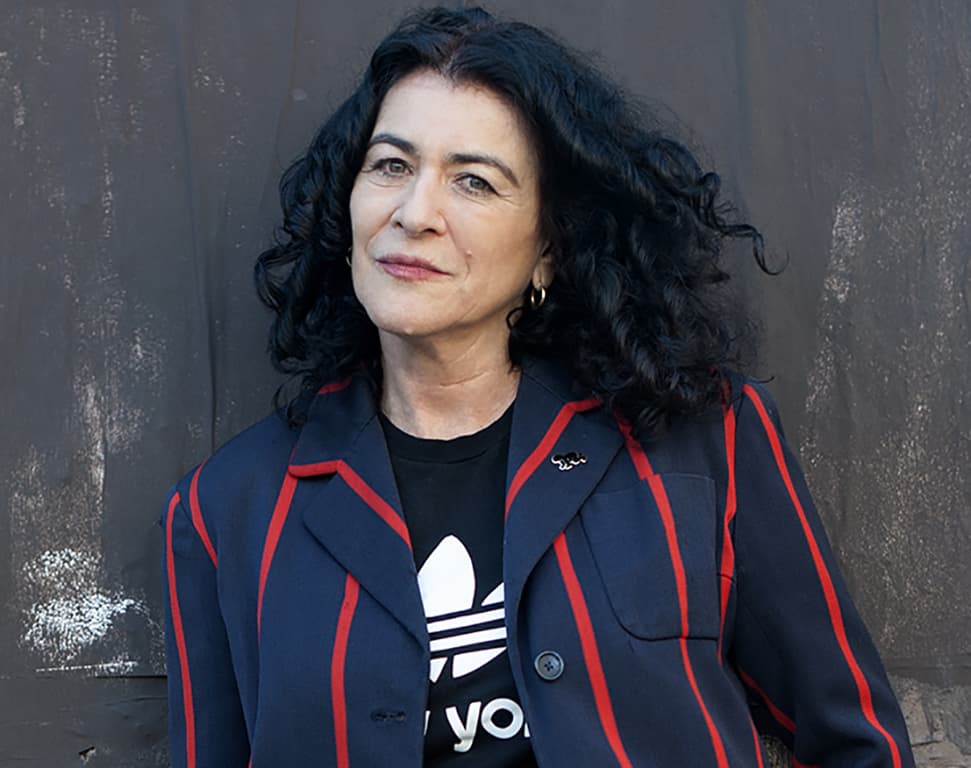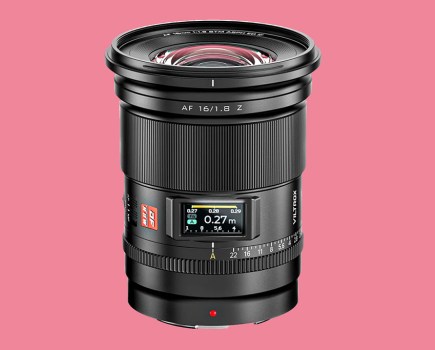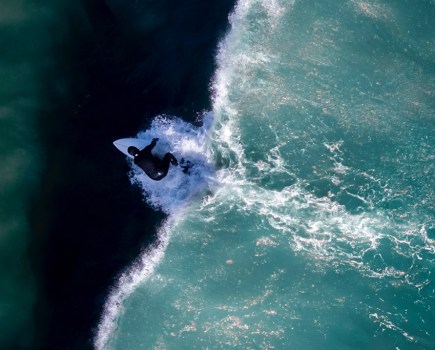Ramones by The Ramones
Fact file
Musicians: Joey Ramone, Johnny Ramone, Dee Dee Ramone and Tommy Ramone. Other musicians were used in recording the album but were not credited on the album notes
Released: 23 April 1976 (Sire Records)
Best chart performance: No. 48 in the Swedish Albums Chart, No. 111 in the US Billboard 200
Sales: Not confirmed, but the album went silver (60,000 sales) in the UK and gold (500,000 sales) in the US
Fascinating fact: During their career the line-up changed and included Marky Ramone, C.J. Ramone, Richie Ramone and Elvis Ramone (aka Blondie’s Clem Burke).

What started off as a casual shoot for the cult New York-based magazine, Punk, ended up as what many would describe as one of the most iconic record covers ever – an in-your-face image that dripped with attitude and rebellion.
Photographer Roberta Bayley had been asked to shoot the band the Ramones for Punk magazine but her images only came into consideration for the record cover a few months later…
Bayley explains, ‘It was absolutely not shot for the album cover. When that picture was taken the proposed album cover had already been taken by a professional photographer… no one liked the pictures that came out [of it]. Somebody had tried to create a kind of close-up, shadowy image which was like the Meet The Beatles [album cover], which was called With The Beatles in the UK.’

Born from desperation
he attempt to recreate a similar style to Robert Freeman’s trailblazing 1963 photograph of The Beatles was turned down by the Ramones’ record company, Sire. The art direction was by Toni Wadler and, according to the founder of Punk magazine, cartoonist John Holmstrom, the Meet The Beatles-style cover idea came out ‘horribly’.
Bayley recalls, ‘The band just hated it, so they were desperate. The record was recorded and ready to come out, so they were frantically calling other photographers – Bob Gruen, Danny Fields and others. I had just taken their picture for Punk magazine – we were going to do a cover story on them… this was in the early part of February ’76 and I think the album came out in April.
So I sent them my contact sheets from that and they selected two images, one of which became the cover.’ The image was shot in the Bowery neighbourhood of New York City, between Bowery Street and 2nd Street, in a place that’s now known as Albert’s Garden.
Bayley was accompanied on the shoot by John Holmstrom, Punk magazine’s ‘resident punk’ Legs O’Neil and the Ramones’ art director, Arturo Vega. It shows the four original Ramones, now, sadly, all deceased, standing against a wall – positioned from left to right were: Johnny, Tommy, Joey and Dee Dee Ramone.
She reveals, ‘We did some [shots] in Arturo Vega’s loft on East 2nd Street, which was a block from CBGBs [club], and I just thought, “Let’s go outside”. It was an overcast day and we were doing it during the day, probably midday or early afternoon. We walked a few doors down from the loft and there was a kind of a beat-up old playground with the wire fence and a basketball court.
We went in and it had two brick walls – one brick wall is behind them on the album cover and, at the other end of the playground, there was another kind of more naturalistic wall and we did some pictures there. Really that was it.’

Roberta Bayley’s key contact sheet from the Punk magazine shoot with the Ramones
Casual and relaxed shoot
Bayley had known the Ramones since she moved to New York City in 1974 and she says, ‘It wasn’t like they were stars or anything. I always thought that because it was a casual situation among friends that it probably made them more relaxed and more natural.
There was no lighting, no stylist, no make-up, hair or fashion (laughs), that sort of thing. They wore what they wore and that was their image.’
Sire Records chose two of Bayley’s images from the shoot – one for the album cover and one for publicity purposes. The second was quickly vetoed by the band as they didn’t like the fact they were smiling in it. Bayley reveals, ‘I got paid $125 for both pictures. They said to me, “Take it or leave it”.
There wasn’t any negotiation. The only demand that was made was that they put on the record ‘courtesy of Punk magazine’ as John Holmstrom wanted that, just to give a shout-out to the magazine, and nobody had a problem with that. I said, “yes” and it was never a regret that I did.’
Bayley shot the black & white pictures with a second-hand Pentax Spotmatic camera that she had bought at the Camera Barn in New York.
‘I’d been taking pictures since the ’60s but this was the first time I was doing anything commercial or professional. I had read that if you’re shooting in daytime you should use Kodak Plus-X, so it was shot on Plus-X. I always used Tri-X – the only time I ever used Plus-X film was for that cover session. There was no lighting – it was all natural lighting and nothing else.’

The original full-frame shot of the Ramones that was cropped for the album cover
Symmetry
Having processed the images and created contact sheets Bayley handed the images over to Sire Records for art direction. She admits, ‘If they’d said, “You’re going to do the Ramones’ album cover”, I would probably have had a meltdown or something. But, because it was just for Punk magazine and it was such a casual, friendly situation, I felt perfectly comfortable with the whole thing and I think they did too.’
Bayley adds, ‘I just saw it when it came out. Obviously it’s a horizontal picture, so they cropped off the edges to make it a 12in square, but they didn’t lose any of the essence of it. One of the things that made the album cover kind of perfect is that Joey, who’s at least a foot taller than Tommy, is scrunched down.
Then Tommy, which I never noticed when I was shooting, is standing on the brick and is kind of stretching himself up. That made them all kind of the same height, which I think makes the album cover have more symmetry… it looks good. Had I not taken that photograph hardly anybody would want to talk to me, but I’ve done about 10,000 interviews about it. I’m happy that I did it.’

About Roberta Bayley
Roberta was born in 1950 and grew up in California. In 1974 she moved to New York, got a job at CBGB music club and bought a camera to document the music scene. She became the chief photographer for Punk and photographed many top acts. Several monographs of her work have been published and the film She Just Takes Photographs was made about her. See Roberta’s website for more
Our expert panel on Ramones

Janette Beckman
This photo captures everything I loved about New York City at that time. Shot for Punk on East 2nd St, where graffiti, homeless shelters and SROs abound. Roberta was friends with the band, part of the scene, and on the door at CBGBs; they trusted her. The shot is a stripped-down, raw, punk, real moment in time.

Andy Cowles
One, two, three, FOUR! This is the stripped-down genius of photo, band and sonic corridor meeting perfectly inside the confines of a 12-inch square. Four corners, four sides, four bars, four bruddas and four leather jackets.
There is nothing added, nothing taken away.

Rachael Wright
An image so iconic that I’m not sure I believe the Ramones ever existed in colour! It’s simple, authentic and graphically striking. Roberta Bayley truly captured a moment in time with this photograph… it’s so 1970s New York City that you can almost smell the CBGBs toilets when you look at it.
Some of the finest names in music and photography chose the covers for this series, including Janette Beckman, Jason Bell, Ed Caraeff, Andy Cowles, Kevin Cummins, Andy Earl, Jill Furmanovsky, Christie Goodwin, Peter Hook, Simon Larbalestier, Gered Mankowitz, Dennis Morris, Peter Neill, Aubrey ‘Po’ Powell, Rankin, Jamel Shabazz, Mat Snow, Howard Wakefield, Kirk Weddle and Rachael Wright







